29. When Baby’s First Words Are Not Spoken
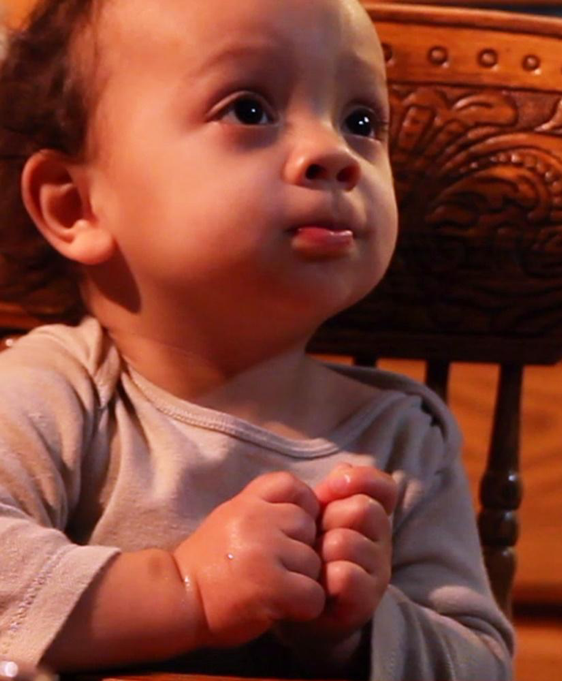
This little one is clearly communicating a desire: “More!” Used by permission of Dr. Joseph Garcia.
“The hearing community tends to see deaf people and signing as something that’s on the sidelines of our society rather than in the mainstream….[but] the world is starting to see that there is a great gift that the deaf have given the hearing by using their language to communicate to pre-speech—or I should say, pre-articulate speech—infants.”
“And yeah, it is amazing.”
Meet Dr. Joseph Garcia, a long-time sign language interpreter, the creator of a diagnostic course in medical communication for the deaf, and the author of Dr. Joseph Garcia’s Complete Guide to Baby Sign Language.
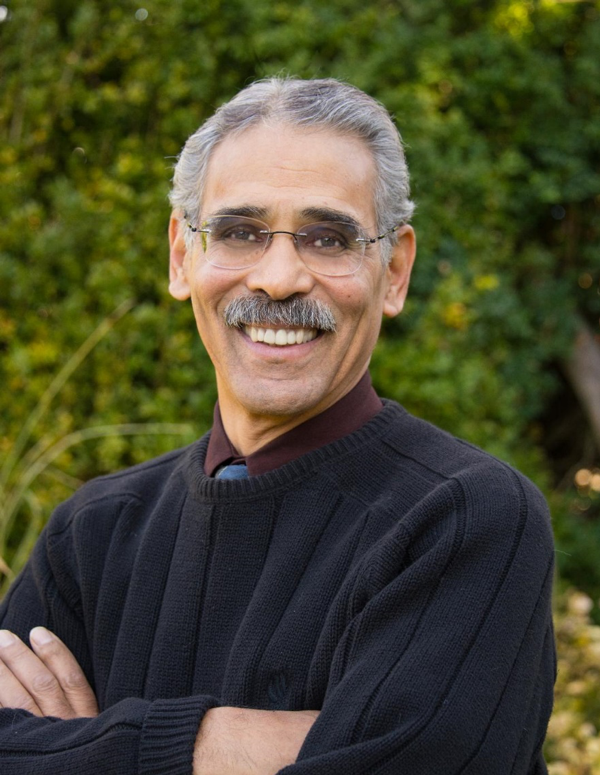
Dr. Joseph Garcia, a pioneer in teaching babies to sign. “They’re influencing their environment with their own internal resources by problem-solving,” he says of the skill.
Joseph set out in the 1970s to show that pre-verbal babies could, indeed, speak—by using a visual language rather than a verbal one. He was one of the pioneers of teaching babies in America, along with their parents or caregivers, sign language. That’s often meant communicating in American Sign Language, or ASL.
American Sign Language is its own language. It is not a derivative of English; if anything, it owes a centuries-old debt to French Sign Language. The deaf community has used ASL since the 1800s. In the mid-twentieth century, thanks to some enlightened educators, ASL started to be viewed among the hearing community as a full-fledged language just like English, or French, or any other.
Better communication with and for children
Joseph proved his theory many times over, landing him spots on scores of news shows, including “20/20,” and winning over some skeptics along the way. Like the doctor in New York City who was sure his 11-month-old patient had not told his mother he had an earache, as she maintained.
“The doctor looks at her, thinking, This woman’s nuts, so he was humoring her and asking, Just how did your child tell you this? And the mother said, Well, he signed it. He signed the pain sign next to his ear. The doctor took a scope look in the ear and sure enough, there’s an infection,” says Joseph. “So he wrote me a letter and asked for 12 books, and gave a book to every new mom that came in his office.”
In Episode 29, you’ll hear from another mother, Viviana Sisniegas, who started signing with her son when he was four months old.
“It was awesome,” she says. “I could talk with my son.”
Equally awesome: Viviana didn’t have to spend as much on diapers. (Discover why when you tune in.)
But there’s a far larger advantage to teaching babies to sign, says Joseph.
“It gives them that initial understanding that they can influence their environment through their communicative capacity.”
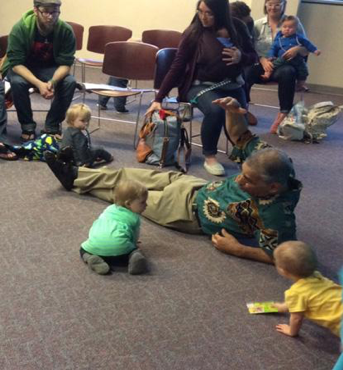
Joseph signs with babies at a new-parent workshop at the Bellingham Public Library in Washington state. Used by permission of Dr. Joseph Garcia.
The most important purpose of ASL for infants
But this good news comes with a caveat.
All of the babies we talk about in this episode are hearing babies, who live in families with hearing parents or caregivers. For these little ones, learning ASL, however rudimentary (“milk,” “more,” “up” and “hungry” are popular signs), is in essence learning another language before the spoken one they will utter in the months to come. They are budding baby bilinguals.
But what about babies who are deaf?
Members of the deaf community—both those who are deaf and those who live with or teach the deaf—contend that ASL for infants needs to play much more of a central role than it currently does in the lives of infants who are deaf.
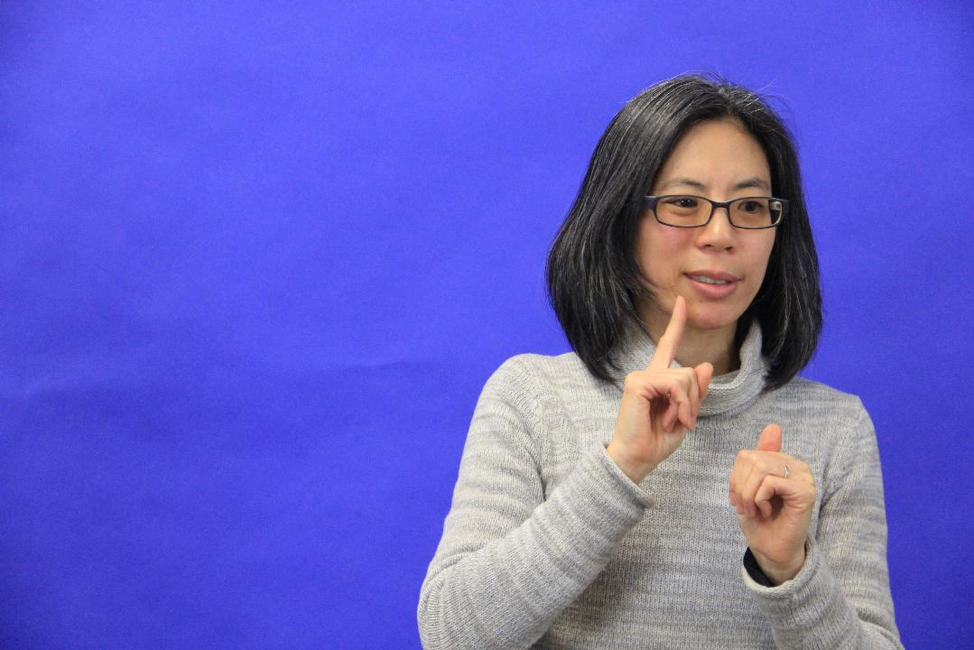
Dr. Deborah Chen-Pichler of Gallaudet cautions that not enough deaf children are learning ASL as infants. Here she is signing the word “deaf.” Photo courtesy of Gallaudet Research Support and International Affairs.
“We provide signs to hearing babies who are learning spoken language also, but we deny the right to sign to deaf children who really, really need to have access to sign language,” maintains Dr. Deborah Chen-Pilcher. Deborah holds both a master’s and doctorate in linguistics and is a hearing faculty member at Gallaudet University in Washington, D.C.
“We do it on the basis of a very dangerous double standard,” says Deborah, “that signing is going to be good for hearing babies because it’s a tool that enriches their English, but it’s going to be a detriment to the deaf babies because it’s going to hold them back from speaking, which is what they really need to do.”
That, Deborah stresses, “is a very harmful misconception that has repercussions for long-term development.”
“Gallaudet” and “deaf community” are all but synonymous: it is this country’s leading university in deaf education and research. Abraham Lincoln signed its charter. Among the undergraduates Deborah teaches at Gallaudet, she says she can often see the deleterious effects on the students who did not learn ASL when they were very young.
Rachel Kolb, a doctoral student at Emory University who is deaf, made a similar point in a recent op-ed in The New York Times on baby sign language.
“When we separate [sign language] from the context of the actual deaf people who use it to communicate, we lose sight of the real stakes of language,” she wrote.
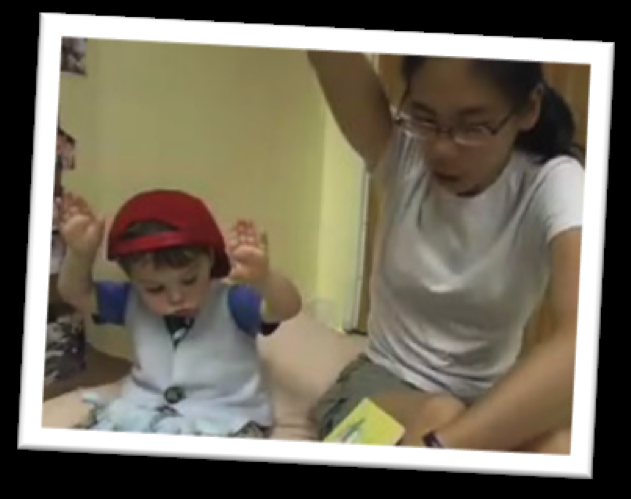
Deborah reads with a hearing child who is a member of the KODA community— Kids of Deaf Adults—and who signs. From the Development of Bimodal Bilingualism Project, which Deborah is a part of.
What those of us who hear may not see
Historically, it has been a challenge to expose deaf children to ASL early enough in their lives. At first it was due to the prejudice against sign language—that it wasn’t a real language. Today, deaf children are still at risk for not being identified early enough as deaf, and not provided an early exposure to ASL.
I will confess that when Steve and I embarked on this episode, I knew almost nothing about ASL, or teaching it to infants, or the serious issue of deaf children not receiving early, professional exposure to American Sign Language.
“There needs to be an awareness of the deaf community when we’re learning baby signs,” says Deborah, who taught her own hearing children to sign when they were young. The signs, she says, should not be “something that’s divorced from the deaf community as a nice tool to help parents communicate with their hearing babies.”
It might be that learning about ASL for infants can help engender that awareness—the first baby steps for those of us who hear in understanding the deaf community.
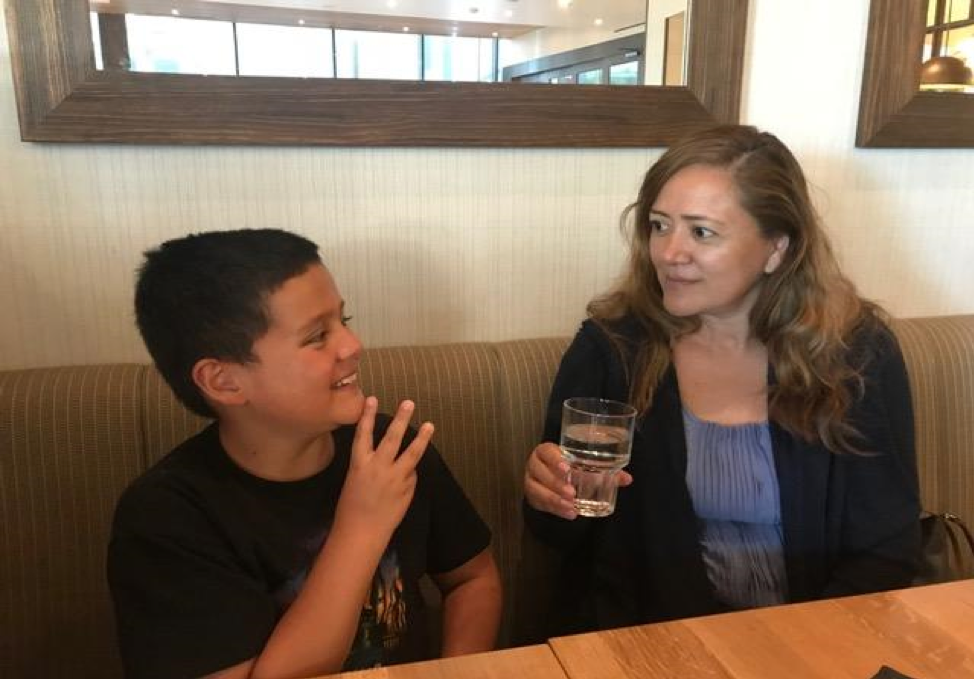
Nearly 10 years after Viviana Sisniegas taught her son to sign, they still occasionally communicate that way. Here, Louis signs “water.” Photo courtesy of Viviana Sisniegas.
WHAT ASL FOR INFANTS LOOKS LIKE
Gallaudet University Press has among its publications a dictionary of ASL for children. Here are entries for two of the signs, “hungry” and “I love you.”
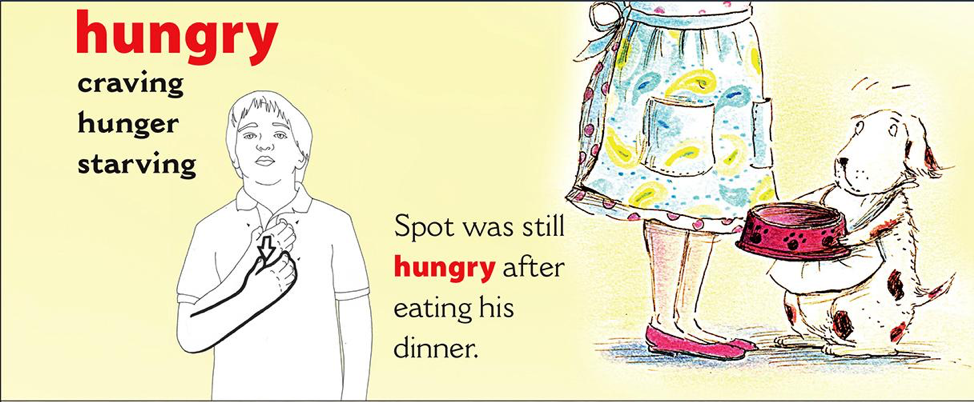
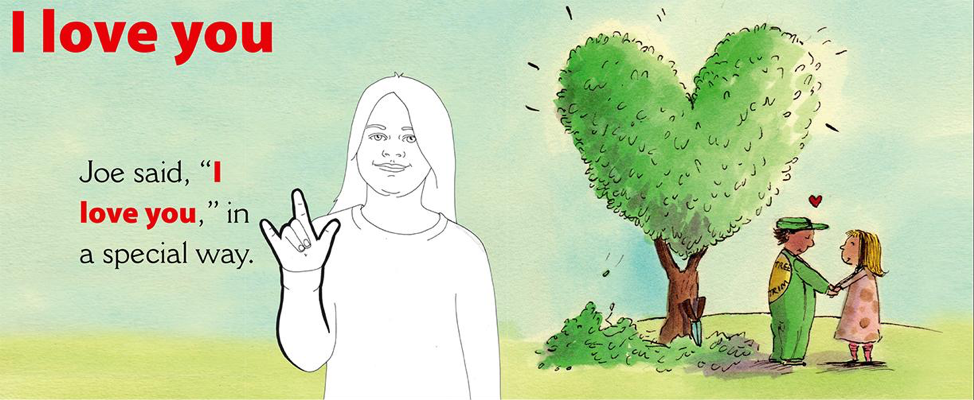
Illustrations reprinted by permission from the Gallaudet Children’s Dictionary of American Sign Language (Washington, D.C.: Gallaudet University Press). Copyright © 2014 by Gallaudet University.
Here are two drawings from Joseph Garcia’s book on baby signing. You may recognize the sign on the left from what the baby in the photo at the beginning of these notes is signing: “more.” The sign on the right is “milk.”
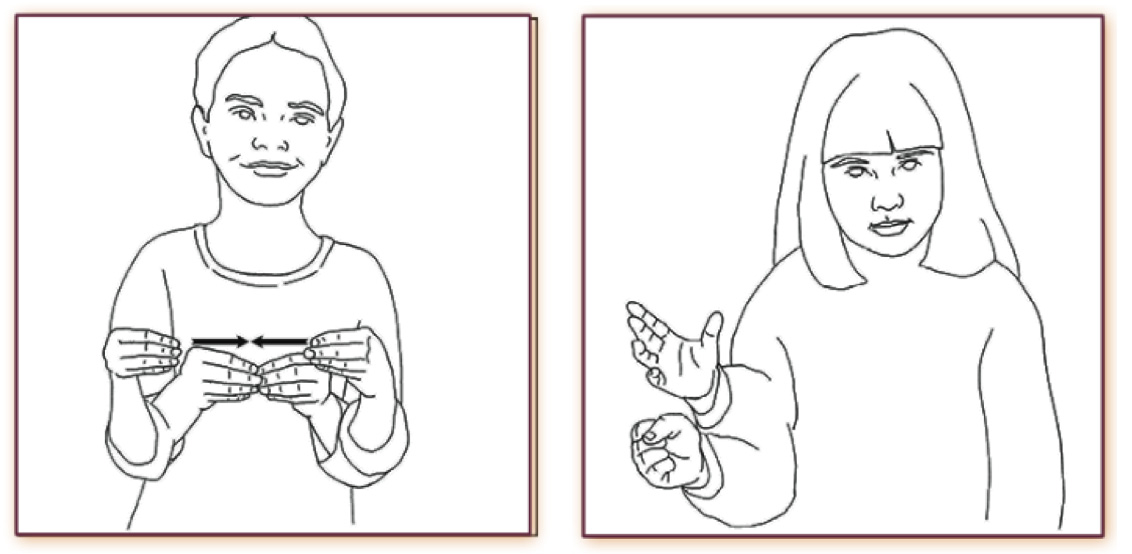
Copyright © 2016 Dr. Joseph Garcia.
HEAR THE STORY
Hear more about ASL for infants in Episode 29 of the America the Bilingual podcast, “When Baby’s First Words Are Not Spoken.” Listen on iTunes by clicking here: America the Bilingual by Steve Leveen on iTunes. Or on SoundCloud here. Steve comments on Twitter as well.
Sources, Credits and Additional Thanks
The America the Bilingual podcast is part of the Lead with Languages campaign of ACTFL — The American Council on the Teaching of Foreign Languages.
This episode was written by Mim Harrison, brand and editorial director for the America the Bilingual project. Our producer is Fernando Hernández, who also does our sound design and mixing, and our associate producer is Beckie Rankin. Graphic arts are created by Carlos Plaza Design Studio. The host of America the Bilingual is Steve Leveen.
Support for the America the Bilingual project comes from the Levenger Foundation.
Music in this episode, “Quasi Motion” by Kevin MacLeod, was used with a Creative Commons Attribution License. Our thanks to Epidemic Sound for helping us make beautiful music together.
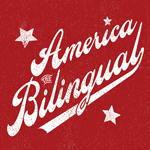
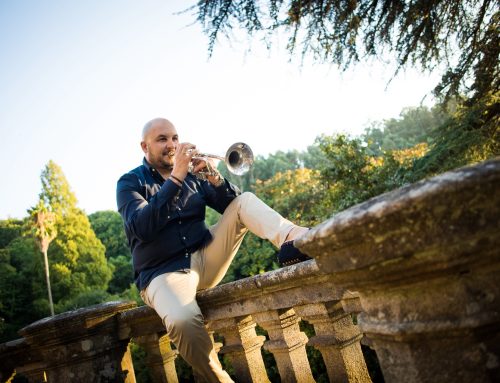
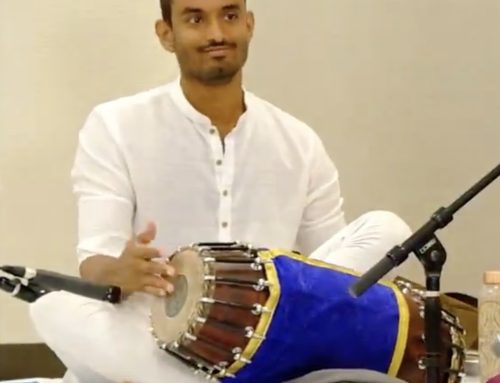

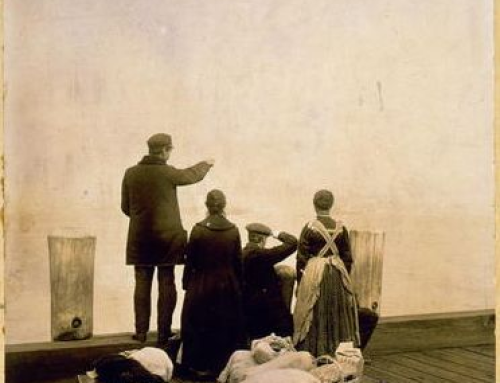
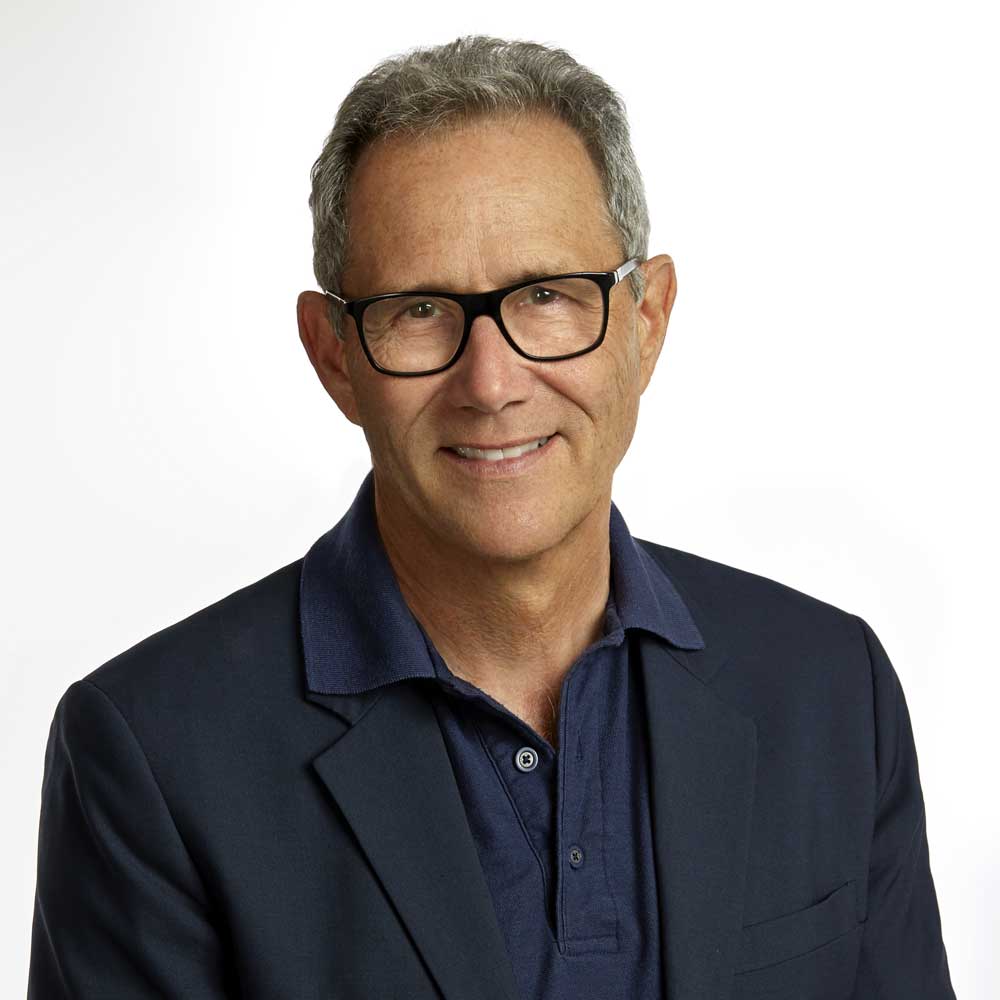 You can book Steve for many different audiences
You can book Steve for many different audiences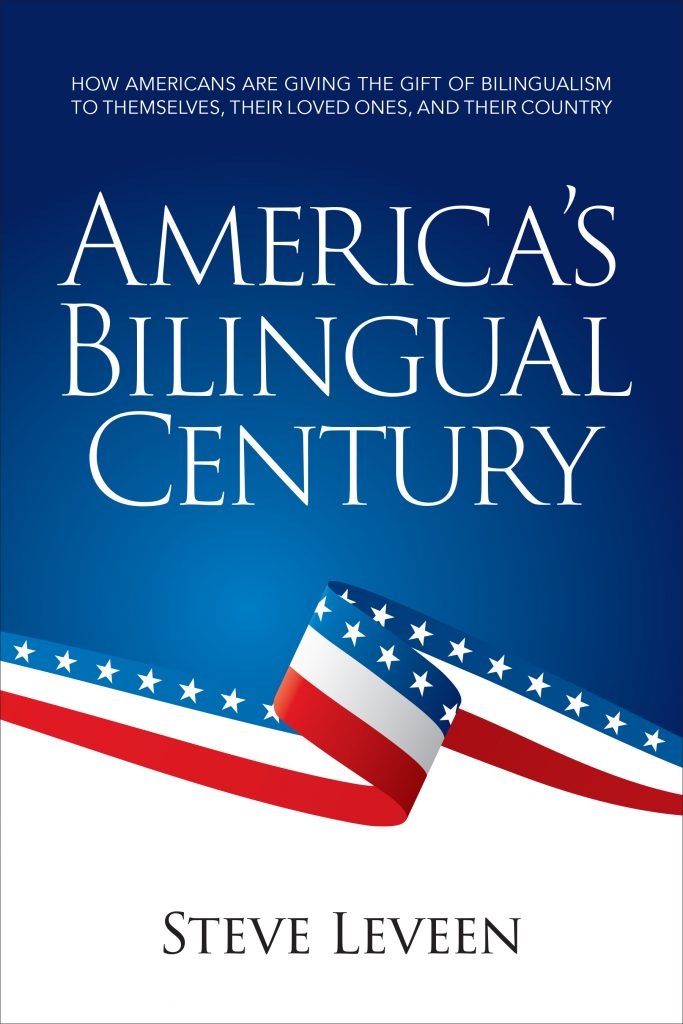
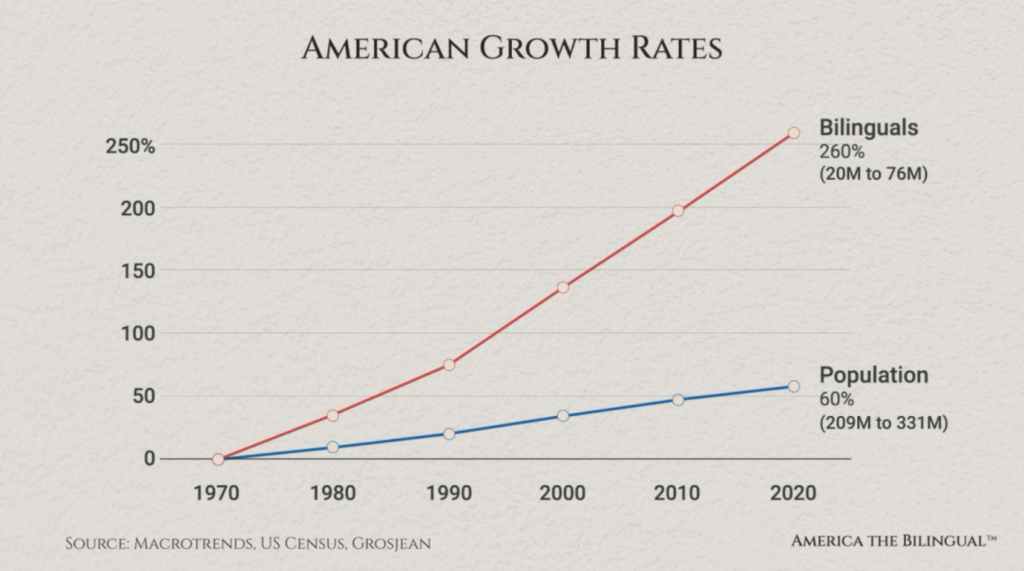
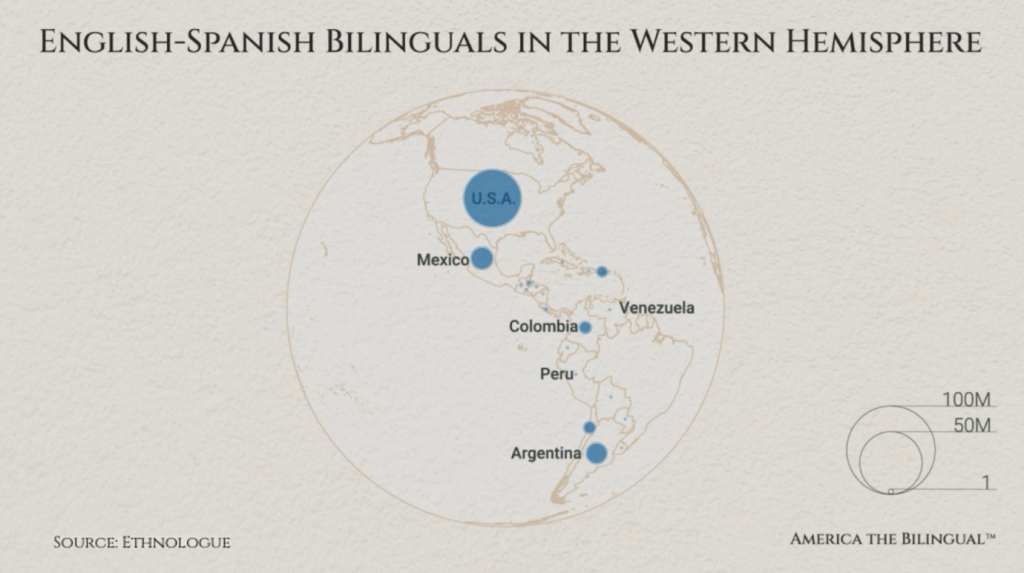
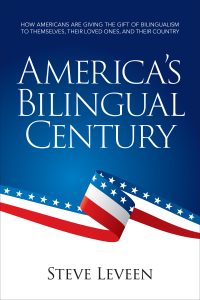
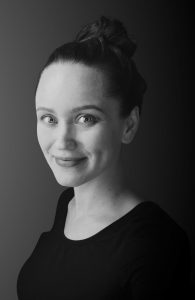
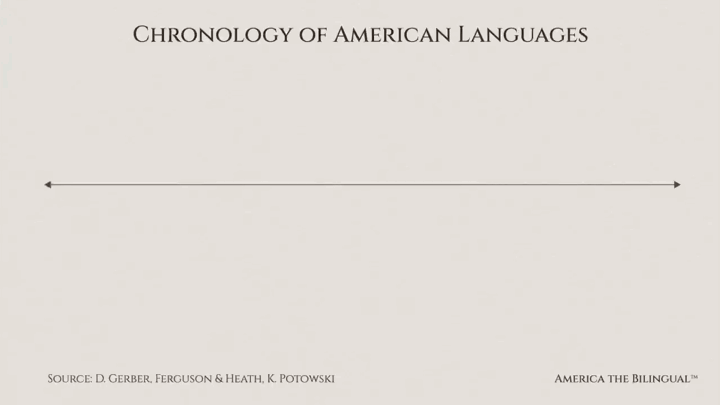


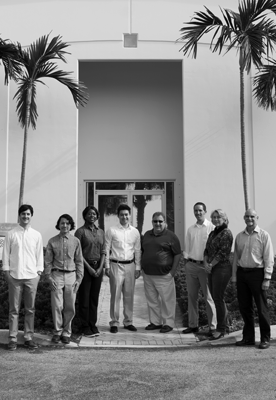
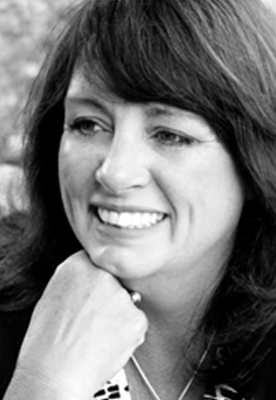 First, know that she has one of those glorious English accents (or what all of us who are not English would call an accent), which makes her a natural for the audio book narration that she does. Although U.S. born, Caroline grew up in England and studied literature at the University of Warwick (fyi for American ears: that second “w” is silent).
First, know that she has one of those glorious English accents (or what all of us who are not English would call an accent), which makes her a natural for the audio book narration that she does. Although U.S. born, Caroline grew up in England and studied literature at the University of Warwick (fyi for American ears: that second “w” is silent).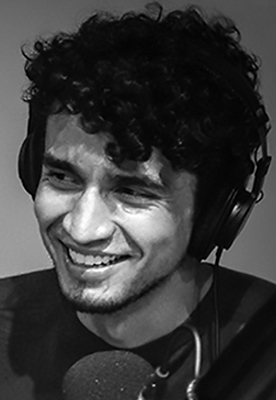
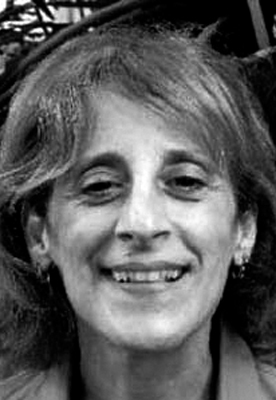
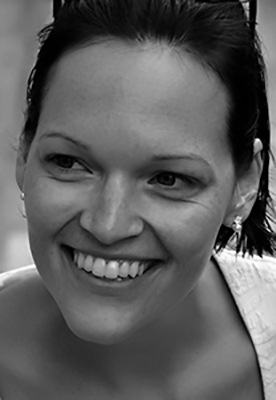
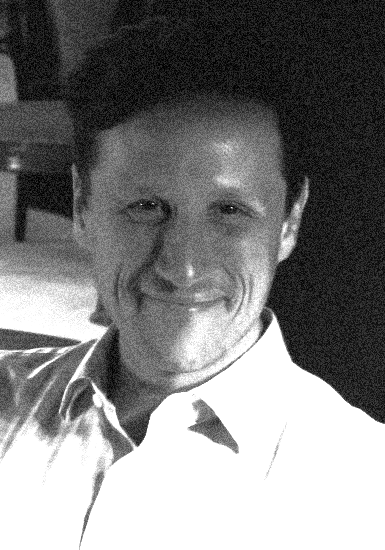
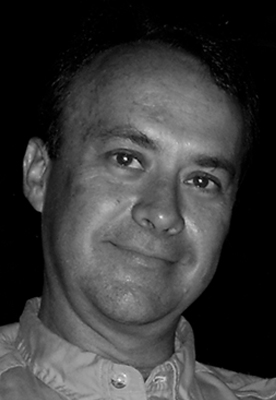
Leave A Comment